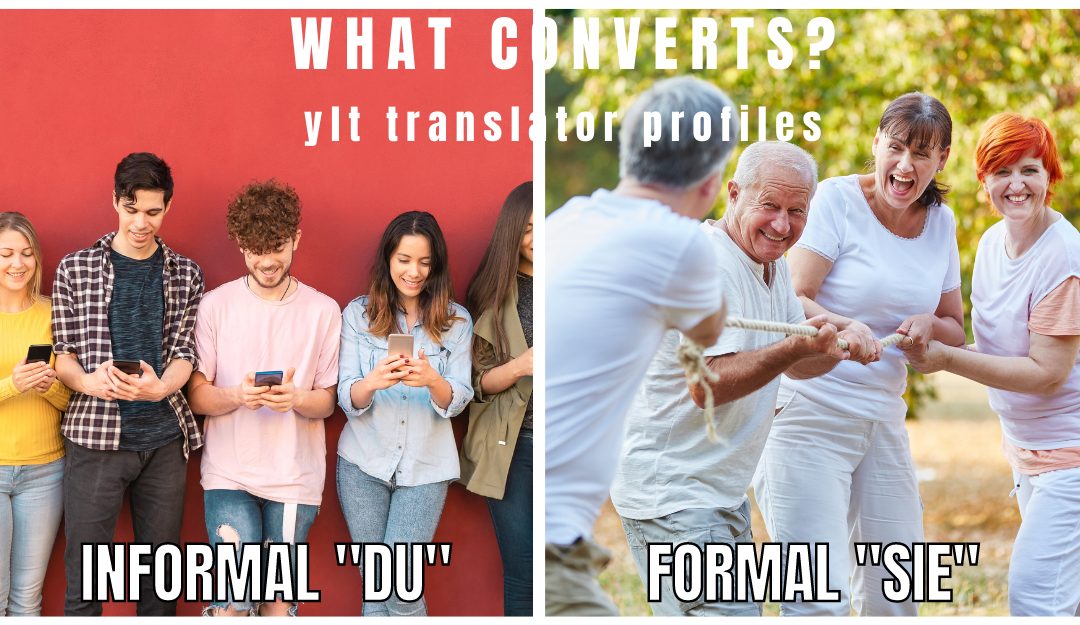German is such a unique and complex language. Did you know there are 12 different ways to say “the” across the different tenses? It makes German localization interesting, to say the least. You could say though that grammar and syntax are easy because they’re mathematical. There are usually hard and set rules, especially in a language that’s as methodical and logical as German. There is one thing though that doesn’t have hard and fast rules, and that’s tone of voice.
German uses “du” (you) to address someone informally. You’d use “du” to address a friend, someone younger, or someone you’re familiar with. On the other hand, when showing respect, you’d address the other person as “Sie,” which also means “you,” just a more polite version. When you’re speaking to someone in person, usually it’s quite clear which one you would use. But what about in your Amazon listing?
YLT’s German team lead, Silke, talks about some of the considerations she and her team undergo when translating for a German listing. Ultimately, it’s up to the client – you. (Or should we say du? Or maybe Sie? Which one are you more comfortable with?)
There’s no hard and fast rule. That’s the bottom line. It’s hard to identify your target market so specifically.
Perhaps some categories are easier to identify. If you’re selling luxury goods, it’s good to adapt a formal tone of voice, so you would employ “Sie” and be very respectful and elegant in your tone of voice. If you’re aiming for a Gen Z target market, a more casual approach is best. But how about the people in between? What about the toothbrushes, the plate sets, the camping gear, the medical accessories, the self-care kits? Is it appropriate to use a formal tone of voice when you’re selling a hiking backpack or a jade roller?
Well, there’s no hard and fast answer. It’s always a good idea to test, with platforms such as PickFu, to get to the bottom of what your customer would like to experience. But we’d like to present 2 good trains of thought.
This video suggests that there are 4 different dimensions that brand owners can explore:
- Funny vs. Serious
- Formal vs. Casual
- Respectful vs. Irreverent
- Enthusiastic vs. Matter of Fact
A brand’s personality would play among these 4 dimensions. For example, a biodegradable toothbrush might be serious, casual, respectful, and enthusiastic. On the other hand, a fun ceramic teapot might be funny, casual, irreverent, and enthusiastic. By identifying your brand personality, you’ll get a better idea of your tone of voice. Then you’ll know whether Du or Sie is safer to use.
Arek Dvornechuk makes an excellent point. If your brand were a person, how would they talk? Many brand builders identify the personality of their brand as if their brand were a real-life person. Some even equate the brand to a celebrity. If your toothbrush is more like Greta Thunberg, perhaps you could get away with using “du,” provided your expression were more formal. If your teapot were like Joey from Friends, you’d be quite safe using “du!” On the other hand, if your brand evokes images of Anna Wintour or Meryl Streep in class, elegance, and prestige, then “Sie” is your best bet.
Which one do you think would work best for your brand? Is it safer to use “du” or “Sie” in German listings? We’d love to hear your opinion!
Click on Silke’s #ylttranslatorprofiles below and hear more about it!
